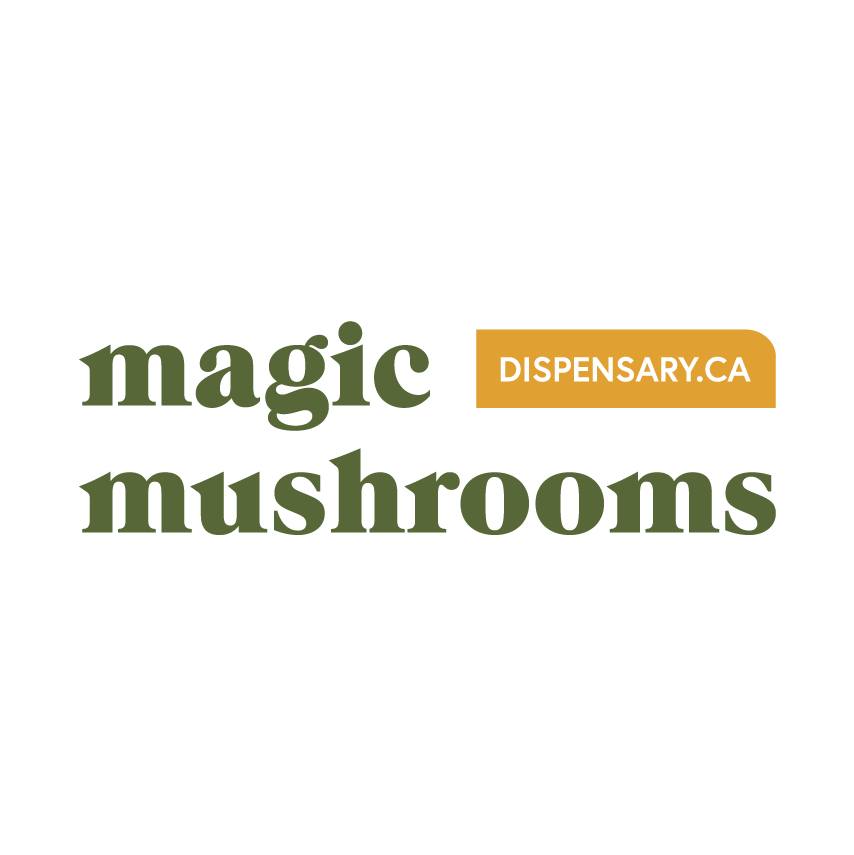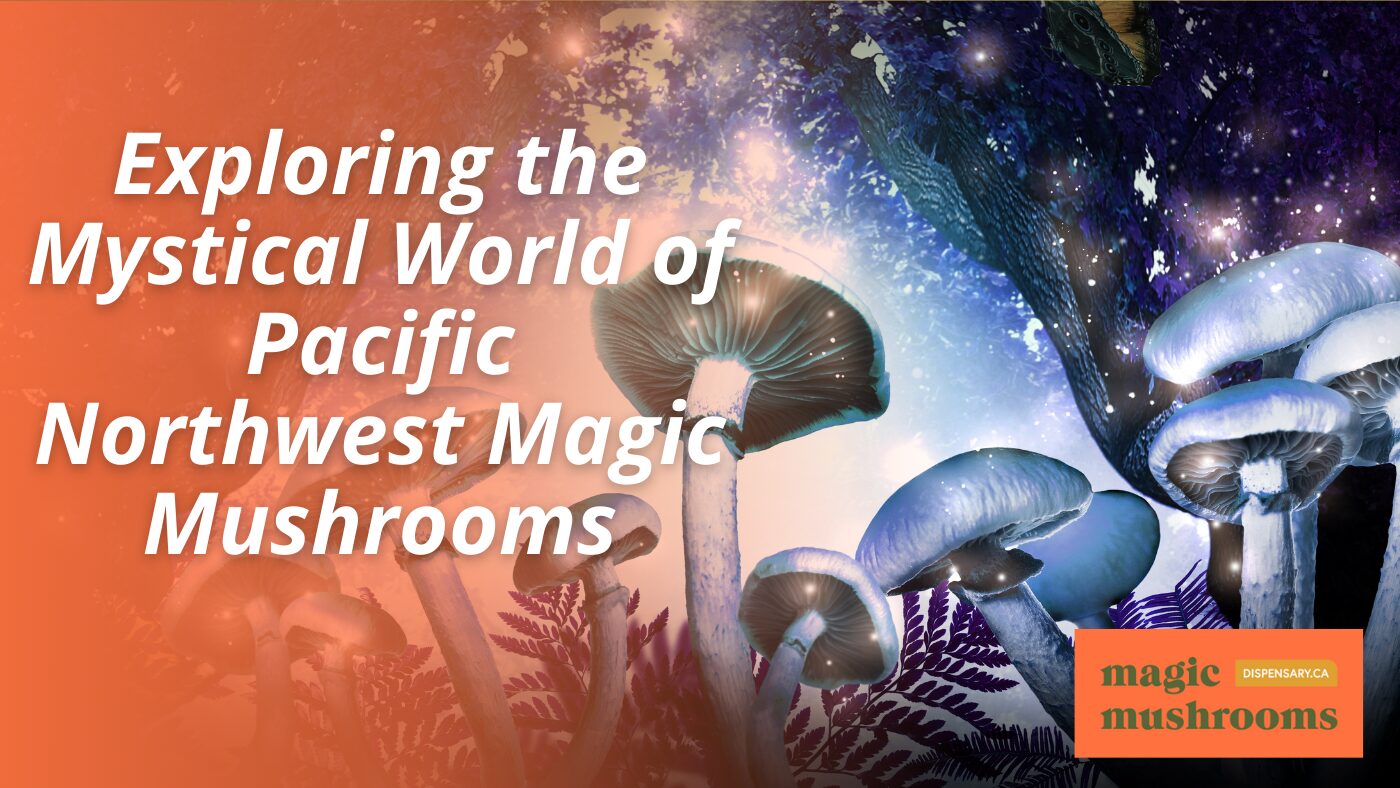The region of the Pacific Northwest is renowned for its stunning natural landscapes and concealed marvels, such as magic mushrooms. These intriguing mushrooms boast a rich tradition of use, from traditional ceremonies of indigenous peoples to contemporary therapeutic applications. We will explore the historical importance, methods of identification, psychoactive elements, and the therapeutic possibilities of magic mushrooms located in this area.
Key Takeaways
- Magic mushrooms have been used in indigenous rituals and ceremonies in the Pacific Northwest for thousands of years.
- Identifying psilocybin mushrooms involves recognizing common species and their characteristics and understanding their seasonal growth patterns.
- Psilocybin and psilocin are the primary psychoactive compounds in magic mushrooms, but other alkaloids also play a role.
- Modern research suggests that magic mushrooms can offer therapeutic benefits for mental health, including depression and anxiety.
- Foraging and cultivating magic mushrooms require knowledge of safety practices, ethical considerations, and environmental impact.
Historical Significance of Magic Mushrooms in the Pacific Northwest
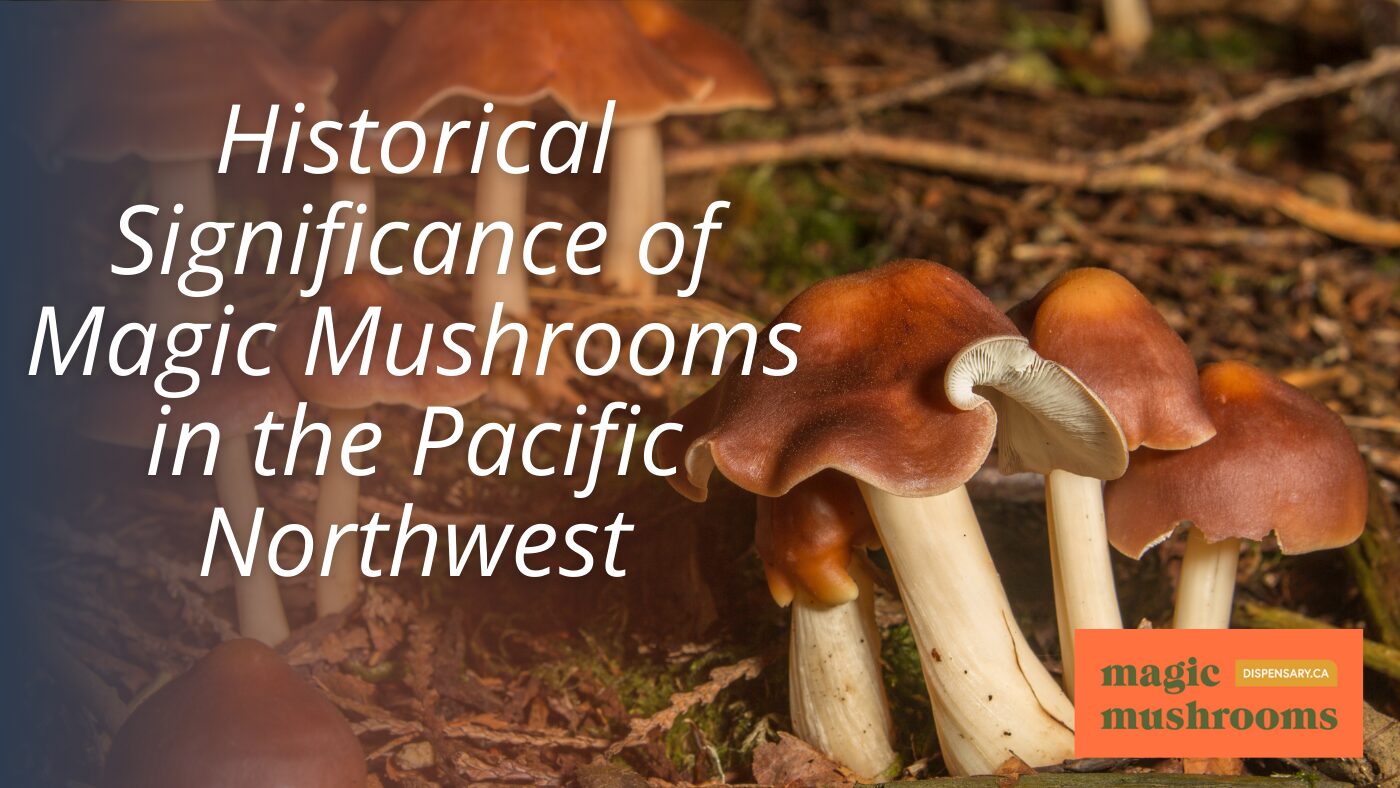
Ancient Indigenous Practises
Magic mushrooms have been part of the Pacific Northwest’s history for thousands of years. Indigenous tribes used these fungi in spiritual and healing rituals. They believed the mushrooms allowed them to connect with the divine and gain insights into their lives and world. These ancient practices highlight the region’s deep cultural roots of magic mushrooms.
Colonial Suppression and Rediscovery
With the arrival of European settlers, the use of magic mushrooms faced significant suppression. Colonial authorities viewed these practices as pagan and sought to eradicate them. However, the knowledge and use of these mushrooms never wholly disappeared. In the mid-20th century, there was a rediscovery and renewed interest in their use, particularly for their psychoactive properties.
Modern Cultural Resurgence
In recent years, there has been a resurgence in the cultural acceptance and use of magic mushrooms. This is partly due to the growing research highlighting their potential therapeutic benefits. The Pacific Northwest has become a hub for this modern revival, with many people exploring these ancient fungi’s mystical and healing properties. The current popularity and acceptance of psychedelics in Canada and the United States reflect a broader shift in societal attitudes towards these substances.
Identifying Psilocybin Mushrooms in the Pacific Northwest
Common Species and Their Characteristics
The Pacific Northwest is home to various psilocybin mushrooms, each with unique features. Psilocybe azurescens, known for its potency, has a caramel-colored cap and a thick stem. Psilocybe cyanescens, or Wavy Caps, are recognized by their wavy-edged caps. Liberty Caps, or Psilocybe semilanceata, have a distinctive pointed cap. These species thrive in the region’s temperate climate, which includes warm summers and mild, rainy winters.
Seasonal Growth Patterns
Mushroom foraging in the Pacific Northwest peaks in late September and October. During this period, the combination of rain and humidity creates ideal conditions for mushrooms to fruit. Foragers often explore urban parks, wetlands, and forests to find these psychedelic species.
Safety and Ethical Foraging Practises
Safety and ethics are paramount when foraging for psilocybin mushrooms. Always use a reliable guidebook or app to identify mushrooms accurately. Avoid over-harvesting to ensure sustainability. Additionally, be mindful of local regulations and private property boundaries to forage responsibly.
Psychoactive Compounds in Pacific Northwest Magic Mushrooms
Psilocybin and Psilocin
Psilocybin mushrooms, commonly known as magic mushrooms, contain the primary psychoactive compounds psilocybin and psilocin. Psilocybin is the most well-known compound and is converted into psilocin in the human body, which then interacts with serotonin receptors in the brain. This interaction leads to altered states of consciousness, often described as hallucinations or profound spiritual experiences. Psilocin is nearly twice as potent as psilocybin, significantly contributing to the effects of mushrooms.
Other Psychoactive Alkaloids
In addition to psilocybin and psilocin, magic mushrooms also contain other psychoactive alkaloids such as biocytin, norbaeocystin, and aeruginascin. These compounds can modify the mushrooms’ overall effects, contributing to the unique experiences reported by users. These additional alkaloids’ presence highlights these fungi’s complex chemical makeup.
Variations Among Species
Different species of psilocybin mushrooms found in the Pacific Northwest exhibit variations in their psychoactive compound content. For instance, Psilocybe azurescens is considered one of the most potent species, containing higher levels of psilocybin than other species. These variations can result in differing intensities and durations of the psychedelic experience, making it essential for foragers to identify the species they encounter accurately.
The diverse range of psychoactive compounds in magic mushrooms underscores the importance of understanding their chemical composition. This knowledge not only enhances the foraging experience but also contributes to safer and more informed use of these fascinating fungi.
Therapeutic Potential of Magic Mushrooms
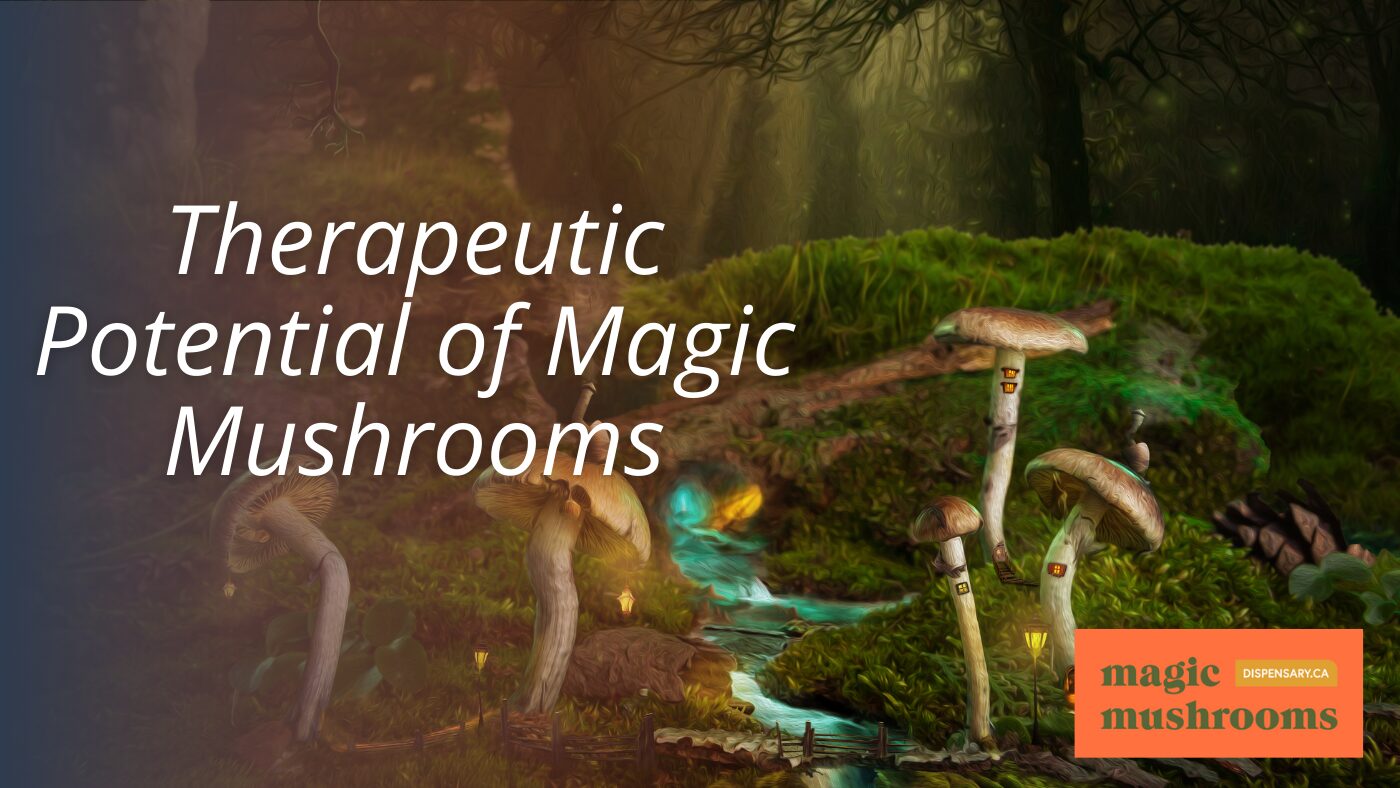
Magic mushrooms have shown promise in treating various mental health conditions. Recent research indicates that psilocybin, the active compound in these mushrooms, can significantly reduce symptoms of anxiety and depression. This is particularly evident in patients with life-threatening illnesses, where a single dose has substantially improved mood and quality of life.
Mental Health Benefits
Psilocybin therapy has been linked to decreased anxiety and depression. Studies have shown that even a single dose can positively affect mood and emotional well-being. This is especially beneficial for patients facing severe health challenges, as it helps alleviate psychological distress.
Microdosing for Cognitive Enhancement
Microdosing involves taking tiny amounts of psilocybin to enhance cognitive functions without inducing a whole psychedelic experience. Users report improved focus, creativity, and emotional balance. This practice is gaining popularity as a way to boost mental performance and overall well-being.
Clinical Studies and Findings
Clinical trials have demonstrated the efficacy of psilocybin in treating various conditions. For example, it has been used to help individuals quit smoking and reduce alcohol dependence. The science behind magic mushroom therapy combines ancient remedies with modern practices for mental health treatment. These studies highlight the potential of psilocybin as a powerful therapeutic tool.
Legal Status and Regulations
The legal status of magic mushrooms varies significantly across the globe. In the Pacific Northwest, the situation is no different, reflecting broader societal debates on freedom and consciousness. Psilocybin mushrooms are classified as a Schedule I substance under the Controlled Substances Act at the federal level, making their cultivation, possession, and distribution illegal. However, some states and cities have taken steps towards decriminalization, creating a complex legal landscape.
Current Legal Framework in the Pacific Northwest
In the Pacific Northwest, the legal status of psilocybin mushrooms is primarily governed by federal law, which classifies them as a Schedule I controlled substance. This classification means that these mushrooms are considered to have a high potential for abuse and no accepted medical use. Consequently, their possession, sale, or use can lead to severe legal consequences, including imprisonment and fines.
Recent Legislative Changes
Despite the stringent federal regulations, there have been notable legislative changes at the state and local levels. For instance, Oregon has made significant strides by passing Measure 109, which allows for the regulated medical use of psilocybin. This measure has led to establishing licensed service centers, growers, and testing labs, marking a significant shift towards a more lenient approach. Similarly, some cities in Washington have decriminalized the possession of small amounts of psilocybin mushrooms, reflecting a growing recognition of their potential therapeutic benefits.
Future Prospects and Advocacy
The future of psilocybin mushroom legislation in the Pacific Northwest looks promising, with ongoing advocacy efforts to further decriminalize and legalization. Advocates argue that the potential mental health benefits of psilocybin warrant a re-evaluation of its legal status. As awareness spreads and more research emerges, there is hope that the legal framework will continue to evolve, balancing the need for regulation with recognizing individual freedom and potential therapeutic uses.
The legal status of magic mushrooms serves as a symbol of broader discussions on personal freedom, societal norms, and the exploration of human consciousness.
Foraging and Cultivating Magic Mushrooms
Best Practises for Foraging
Foraging for magic mushrooms can be an exciting way to connect with nature and discover the fascinating world of fungi. Mushrooms are what opened the door to foraging at large for many enthusiasts. When the first rains of autumn arrive, the Pacific Northwest becomes a prime location for finding these mystical fungi. However, it is crucial to go with an experienced forager to identify mushrooms accurately, as some can be mistaken for poisonous varieties. Always be aware of local and federal laws, as foraging for psilocybin mushrooms can carry legal risks.
Home Cultivation Techniques
Cultivating magic mushrooms at home is an alternative for those who prefer a controlled environment. This process involves several steps:
- Obtain a spore syringe from a reputable source.
- Prepare a sterile growing medium, such as brown rice flour and vermiculite.
- Inoculate the medium with the spores and keep it in a dark, warm place.
- Once colonization occurs, transfer the medium to a fruiting chamber with high humidity and indirect light.
- Harvest the mushrooms when they reach maturity.
Home cultivation allows for a consistent supply and reduces the risk of misidentification.
Environmental Impact and Sustainability
Foraging and cultivating magic mushrooms should be done with consideration for the environment. Overharvesting can deplete local populations and disrupt ecosystems. Practicing sustainable foraging means taking only what you need and leaving enough for the fungi to reproduce. Similarly, home cultivators should use eco-friendly materials and dispose of waste responsibly. By following these guidelines, we can ensure that the mystical world of Pacific Northwest magic mushrooms remains vibrant for future generations.
For many mycophiles, the start of mushroom season is the highlight of the year. Venturing into urban parks, wetlands, and forests, they marvel at the life’s third kingdom and the magic it holds.
Cultural Impact and Popularity
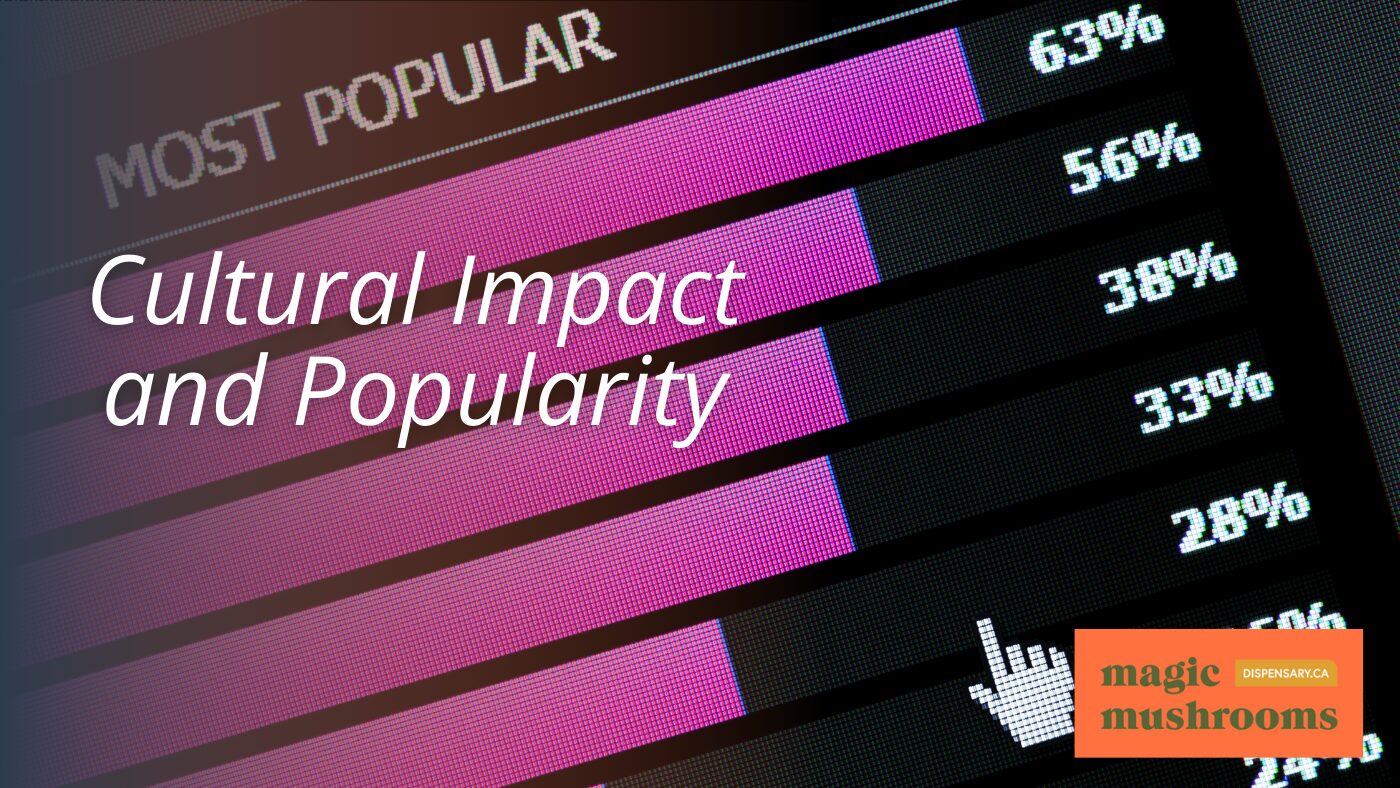
Media Representation
Magic mushrooms have seen a significant rise in media coverage over recent years. This increased visibility has played a crucial role in shifting public perception. Documentaries, news articles, and even social media platforms have highlighted the potential benefits and experiences associated with these fungi. This media exposure has contributed to a broader acceptance and curiosity about magic mushrooms.
Influence on Art and Music
The influence of magic mushrooms extends into the realms of art and music. Many artists and musicians have openly discussed how these substances have inspired their work. The psychedelic experiences induced by magic mushrooms often lead to enhanced creativity and new perspectives, which are then reflected in their artistic outputs. This cultural infusion has helped normalize these substances’ use in creative communities.
Community and Social Acceptance
The growing interest in magic mushrooms has also fostered a sense of community among enthusiasts. Online forums, local meetups, and workshops have become common, allowing individuals to share their experiences and knowledge. This communal aspect has furthered the social acceptance of magic mushrooms, making them a topic of open discussion rather than taboo.
The rise in popularity of psilocybin, a mushroom psychedelic species commonly known as magic mushrooms, has been dramatic in recent years. Police seizures of the substance have surged 369% from 2017 to 2022, indicating a significant shift in consumption patterns. This increase has been observed alongside a near doubling of usage amongst young adults. Factors contributing to this uptick include depictions in media, social media influence, and an emerging dialogue around potential therapeutic benefits for mental health conditions of mushroom psychedelic species.
Safety and Responsible Use
When using magic mushrooms, it is crucial to follow dosage guidelines to ensure a safe experience. Starting with a low dose is recommended, especially for beginners, to gauge individual reactions and minimize the risk of adverse effects. Users should be aware of the potential risks and side effects, which can include nausea, paranoia, and hallucinations. Combining magic mushrooms with other substances, such as alcohol or cannabis, can elevate these risks and lead to unpredictable outcomes.
Adopting harm reduction strategies is essential to mitigating harm. These include having a trusted friend present during the experience, choosing a safe and comfortable environment, and avoiding the use of magic mushrooms in risky situations, such as near roadways or in unfamiliar places. Additionally, foragers should be cautious of environmental contamination and avoid gathering mushrooms from areas that may be exposed to pollutants, such as roadsides or chemically treated lawns.
Foraging responsibly means considering the local environment and sustainability. Take only what you need and leave some for others to ensure the ecosystem remains balanced.
Lastly, always be aware of local and federal laws regarding the use and possession of magic mushrooms. Legal frameworks can vary significantly, and staying informed can help avoid legal complications.
Economic Aspects of Magic Mushrooms
Market Trends and Consumer Demand
The market for magic mushrooms has seen a significant rise in recent years. This surge is driven by increasing interest in their potential therapeutic benefits and the growing popularity of microdosing. Consumer demand has nearly doubled among young adults, reflecting a broader societal shift towards openness and curiosity about alternative experiences. This trend is also evident in the dramatic increase in police seizures of psilocybin mushrooms, which have surged 369% from 2017 to 2022.
Economic Benefits for Local Communities
The economic impact of magic mushrooms extends to local communities, particularly in regions where they have been decriminalized or legalized for medical use. These areas have seen a boost in local economies by establishing dispensaries and related businesses. Additionally, cultivating and selling magic mushrooms can provide new income streams for farmers and small business owners.
Challenges in Commercialisation
Despite the growing market, the commercialization of magic mushrooms faces several challenges. Legal restrictions remain a significant barrier, as psilocybin is still classified as an illegal substance in many regions. This legal grey area complicates the establishment of a regulated market. Furthermore, there are concerns about the sustainability of wild foraging practices and the environmental impact of large-scale cultivation. Addressing these issues is crucial for the responsible development of the magic mushroom industry.
Spiritual and Mystical Experiences
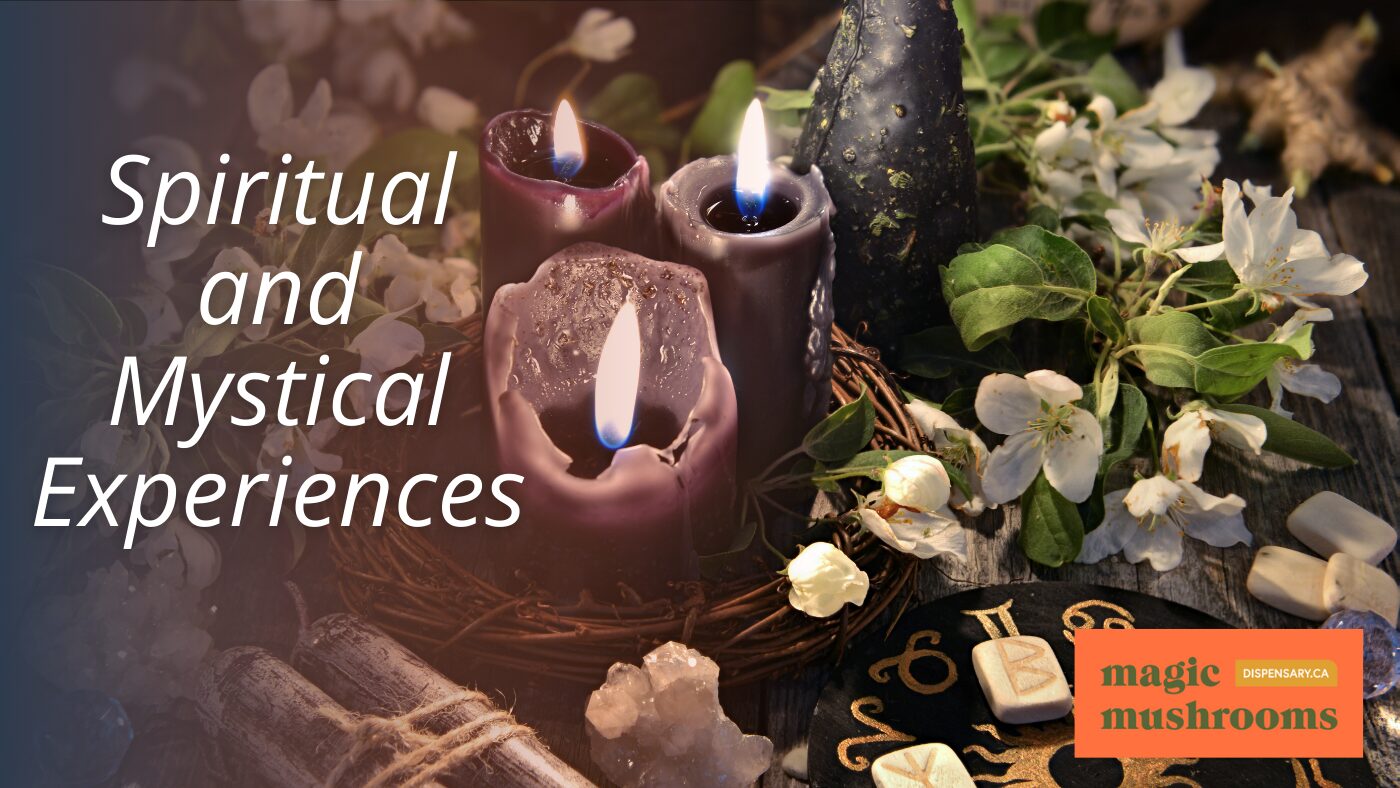
Personal Accounts and Anecdotes
Many individuals who consume magic mushrooms report profound spiritual and mystical experiences. These experiences often include a sense of unity with humanity and the dissolution of the self. Users frequently describe vivid hallucinations and life-changing effects, which can enhance creativity and open-mindedness. Such experiences are often considered among their most personally meaningful events.
Ritualistic Uses
Historically, magic mushrooms have been used in various ceremonial contexts. Indigenous cultures in the Pacific Northwest and beyond have long harnessed the mystical properties of these fungi for spiritual communion, divination, and healing. These practices often involve ceremonies that connect participants with the Great Spirit or other deities, providing philosophical insights and a deeper understanding of the universe.
Comparative Analysis with Other Psychedelics
When compared to other psychedelics like LSD, psilocybin mushrooms are noted for their ability to unfold the unconscious mind, revealing archetypal images and thoughts. This can lead to sharp changes in philosophical thinking and personal ideology. The effects of psilocybin are often described as more natural and less intense than those of synthetic psychedelics, making them a preferred choice for many seeking spiritual enlightenment.
Have you ever felt a deep connection to something greater than yourself? Spiritual and mystical experiences can open doors to new understanding and personal growth realms. If you’re curious to explore these profound states of consciousness, visit our website for more information and resources.
Conclusion
The Pacific Northwest offers a unique and rich environment for exploring magic mushrooms. These fungi, steeped in historical and cultural significance, continue to captivate the interest of both researchers and enthusiasts. The potential benefits of psilocybin, from enhancing creativity to offering therapeutic relief, make these mushrooms a subject of ongoing scientific inquiry. As we continue to uncover the mysteries and potentials of these natural wonders, it is crucial to approach their use with respect and responsibility. The journey into magic mushrooms’ mystical world promises discovery and profound personal insights.
Frequently Asked Questions
What are magic mushrooms?
Magic mushrooms are a type of fungi that contain psychoactive compounds like psilocybin and psilocin. These compounds can cause hallucinations and alter your perception of reality.
Are magic mushrooms legal in the Pacific Northwest?
The legal status of magic mushrooms varies. In some places, they are decriminalized, but in others, they remain illegal. Always check local laws before foraging or purchasing.
What are the effects of consuming magic mushrooms?
Effects can include visual and auditory hallucinations, altered sense of time, and euphoria. Some people also report spiritual or life-changing experiences.
How can I identify psilocybin mushrooms in the wild?
Identifying psilocybin mushrooms requires knowledge of their physical characteristics and growth patterns. To avoid picking poisonous varieties, consult a reliable guide or expert.
Can magic mushrooms be used for medical purposes?
Yes, research suggests that magic mushrooms can help with mental health issues like depression, anxiety, and addiction. However, more studies are needed to understand their therapeutic potential fully.
Is it safe to forage for magic mushrooms?
Foraging for magic mushrooms can be risky if you are not experienced. Always go with someone knowledgeable and follow ethical foraging practices to avoid harming the environment.
What is microdosing with magic mushrooms?
Microdosing involves taking tiny amounts of magic mushrooms to experience subtle effects like improved mood and focus without full-blown hallucinations.
What should I do if I have a bad trip?
If you experience a bad trip, stay calm and remind yourself that the effects are temporary. Having a trusted friend with you can help. If needed, seek medical attention.
Originally posted on July 15, 2024 @ 7:57 am
